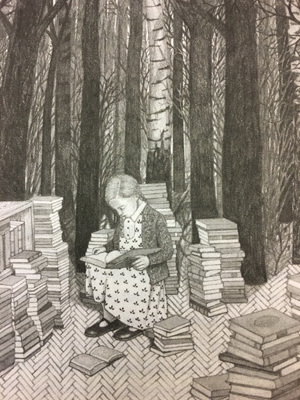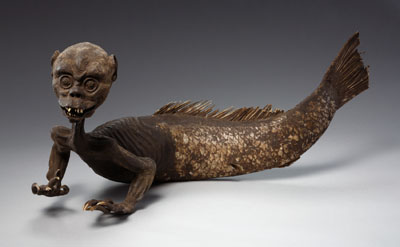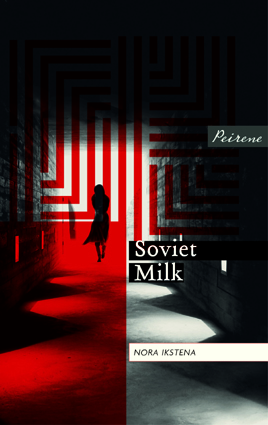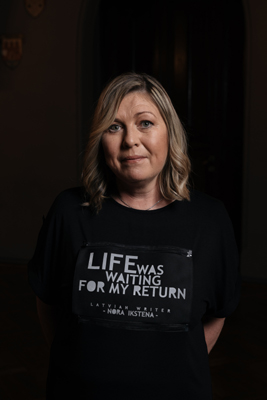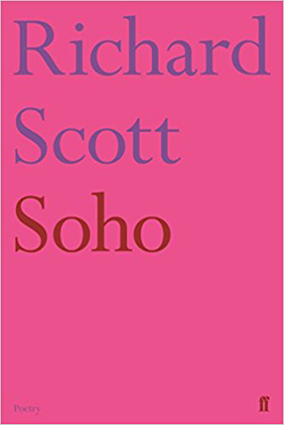Reading two major classic novels written by women for the first time felt like the perfect way to bookend my reading of the entire Women’s Prize for Fiction 2018 longlist. I started with Mary Shelley’s “Frankenstein” and now I’ve ended with “Wuthering Heights”. These novels are also both included in the ‘Rediscover the Classic’ campaign I’ve curated and overseen for Jellybooks. Although both these novels and their famous characters are so ingrained in our cultural lexicon, I’ve been taken aback by the way their powerful narratives still gripped and surprised me. This is also the third novel I’ve read by the Brontë sisters after reading “Jane Eyre” for the first time several years ago and “Agnes Grey” last year. It’s interesting to think about how some parallels can be drawn between them but also how each author employs such different writing styles and has their own unique outlook. “Wuthering Heights” felt like it had the most complicated narrative form of all these books and some of the darkest content, but it’s made a big impact on me.
It's a good time to get swept up in Brontë fever with 'Brontë 200' happening. This is a five year programme celebrating the bicentenaries of the births of the four Brontë children (2018 marks Emily's 200th birthday). Recently it was announced stones engraved with new writing by Carol Ann Duffy, Jackie Kay, Jeanette Winterson and Kate Bush that commemorates the sisters will be placed in the walk between the sisters’ birthplace and the family parsonage. Not only does The Women's Prize organize events celebrating new authors, but they create opportunities to celebrate women's writing in general. So this week I also went to a wonderful event they held with a number of authors who paid tribute to the legacy of “Wuthering Heights” and they discussed the personal impact it’s had on them. It was so fascinating hearing the different perspectives on how much they were influenced by “Wuthering Heights” as teenagers and how their reading of the novel has changed over time. It was also noted how the themes, violence portrayed and style of the novel still feel so bold today.
Since I'm discussing “Wuthering Heights” in the context of The Women's Prize, I'd like to briefly draw some parallels I can see between Brontë's novel and books that were on the longlist. I have no idea whether these current authors were influenced by “Wuthering Heights” or not, but it's still interesting to look for connections. The way Brontë explores the line between romance and obsession/abuse and how it portrays the real bloody violence that results in a destructive relationship made me recall Kandasamy's extraordinary portrayal of an abusive marriage in “When I Hit You”. The rift between classes with the Lintons and the Earnshaws/Heathcliff and the question of who will control this rural land and houses felt reminiscent of the class struggle evident in Mozley's “Elmet”. The intense sense of claustrophobia and a family that hates each other trapped inside the farmhouse that is Wuthering Heights made me recall the toxic atmosphere in the house in Schmidt's “See What I Have Done”. The continuing impact of history that manifests in the presence of ghosts was also portrayed in Ward's “Sing, Unburied, Sing”. I don't know how much an in-depth comparison between these novels would yield, but it's nevertheless worth noting how Emily Brontë wrote about themes which are still relevant and being written about today.
Authors Kate Mosse, Dorothy Koomson, Juno Dawson & Louise Doughty at the Baileys Bar Women's Prize event on Wuthering Heights.
It feels odd in a way coming to “Wuthering Heights” as a 39 year old man as this does seem like a novel that I ought to have first read as a teenager. In the discussion the other night, Juno Dawson noted how “Jane Eyre” seems like the perfect young adult novel but she didn't appreciate “Wuthering Heights” as much until reading it now. I might have had a similar reaction, but I like how the reality of reading Emily's novel defies the common conception that it is a great love story. The reality of Heathcliff and Catherine's lifelong romance is so much more twisted and bitter than a Romeo and Juliet story. Built within it is a rift between the born privilege and class aspirations of Catherine and the resented orphan Heathcliff. Rather than a love story, “Wuthering Heights” is more an extremely elaborate revenge tale where Heathcliff plays the long game to enact the wrath he feels at being so mistreated as a child and then slighted by the woman he loves. I sympathized with Heathcliff's anger over his outsider status, but of course I was also horrified by the monstrous way he acts and schemes to dominate the houses and all who inhabit them.
I must confess that I found the convoluted narrative structure a struggle for most of the first half. There is so much story within story where in some instances the present tenant Lockwood is being told a tale by the servant Nelly who is recounting a letter written by Isabella who is recalling an encounter she had. It made some parts difficult to follow, but this is a reason why it feels like rereading would yield a lot more and how it's worth really knowing the characters and the dynamic between them going into this novel. I know that this style of narration raises lots of interesting questions about how trustworthy the narrators are, but it does make it challenging to follow. In a way, I much preferred the second half of the novel which has to do with the second generation of Wuthering Heights and Thrushcross Grange. Here I could feel the resonance of all that came before and how children are drawn into and absorb the quarrels of past generations. It's also fascinating how the roles of characters are switched around in the new generation and how you can feel the internal battles these younger individuals have to reconcile the past. There are also passages which are deeply meditative with characters contemplating their positions and struggling to see how to carry on. The second half of the novel gives “Wuthering Heights” an epic feel and made it much more emotionally resonant for me than if the story had stopped at the end of the first half.
It struck me that as an orphan story “Wuthering Heights” is much bolder and more daring than a book like Dickens' “Oliver Twist”. Oliver is so wholly good and moral whereas Heathcliff becomes an embittered and destructive monster. It feels like Emily Brontë presents a much more complicated and nuanced portrait of good vs evil and she shows how, though there is a lot of reprehensible action and other people's resentment is taken out on innocent people, there are understandable reasons for such violence. I could empathize with the struggle of many characters in “Wuthering Heights” and particularly admired the way she portrayed Isabella. She could be dismissed as a superficial or comic individual, but I felt for her conflict, the way she gambled and lost, and the way she resolutely decided to remove herself from a toxic situation where everyone else remained. I'm excited now to look at some film adaptations of the book (although I know most only portray the first half of the novel) and I hope to read this novel again one day.




